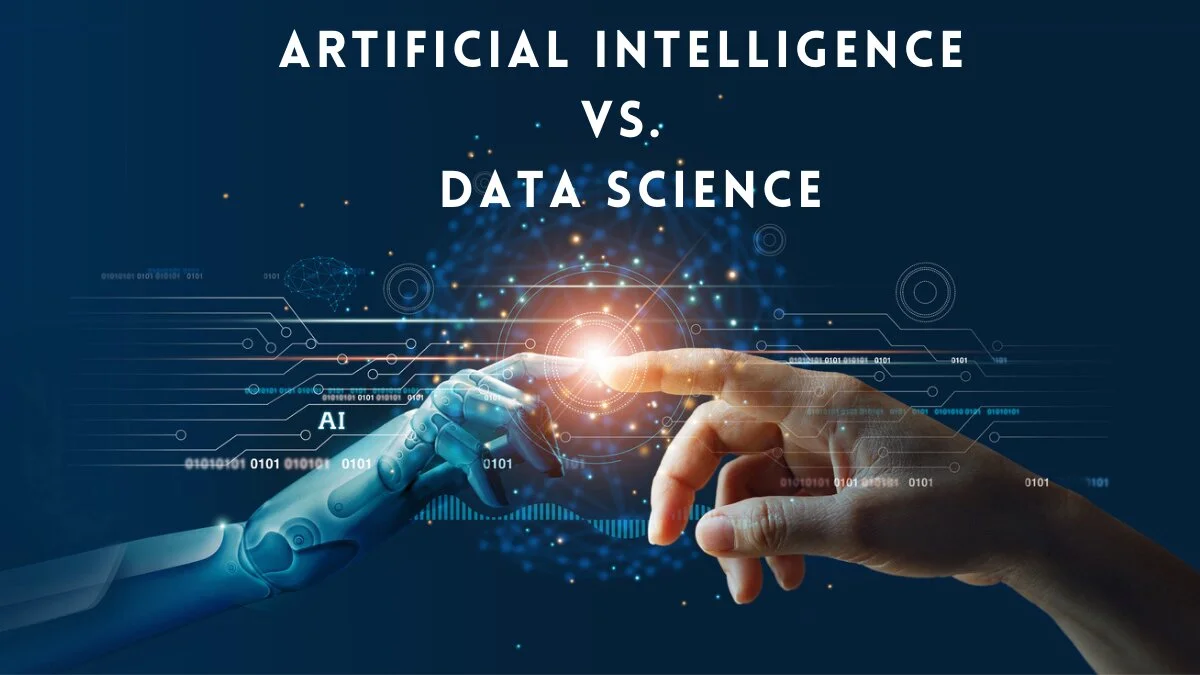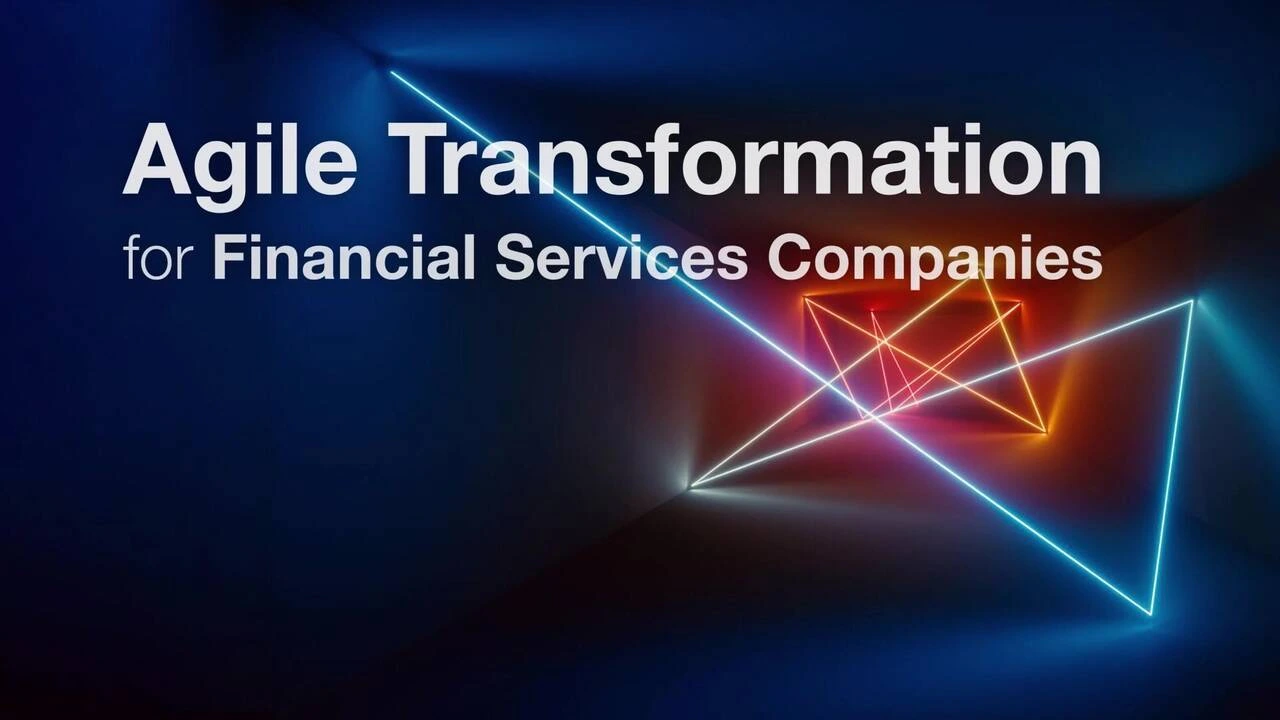Latest Articles
Agile Prioritization Skills for PMI ACP Aspirants
Prioritization is a big part of agile ways of working and is very important when getting ready for the PMI-ACP certifica...
Using Business Analytics to Improve Business Results
Business operations these days are very complex. They possess supply chains, manufacturing, a lot of partners, suppliers...
15 Easy Artificial Intelligence Projects for Starters blog
Artificial Intelligence is a way to help machines act like people. It means making computers smart enough to do things t...
How Data Science and AI Are Different from Each Other
The terms artificial intelligence (AI) and data science are frequently used interchangeably. Deep learning and machine l...
Path to Becoming an Azure Data Engineer in 2025
An Azure Data Engineer builds, designs, and takes care of systems that help store and handle data using Microsoft’...
Top 10 Encryption Tools for Ultimate Data Protection
In an era of many computer viruses and online scams (like phishing) and even more people employing cloud-based security ...
Steps to Start a Career in Content Writing
Content writing is creating written content to educate, sell, or entertain. Content writers research subjects, write wel...
The Evolution of AI Trends and Predictions Ahead
AI is a new branch called "weak AI" because of its current limitations. Nevertheless, strong AI is considered ...
Agile Adoption in Financial Institutions
Agile is not just for IT or places where project management and bug fixes are needed. In today’s digital world, Ag...
What is DataOps Principle and Framework Complete Guide
DataOps is the abbreviation for "data operations" and is a methodology for working. It provides the framework ...
Business Analyst Interview Questions and Answers
A Business Analyst helps a company by understanding what the business needs and connecting it with the right technology....
Different Cloud Computing Models A Full Guide
Cloud computing is a powerful technology that alters the way we store, handle, and utilize data. It benefits most busine...



.jpg)












.webp)



